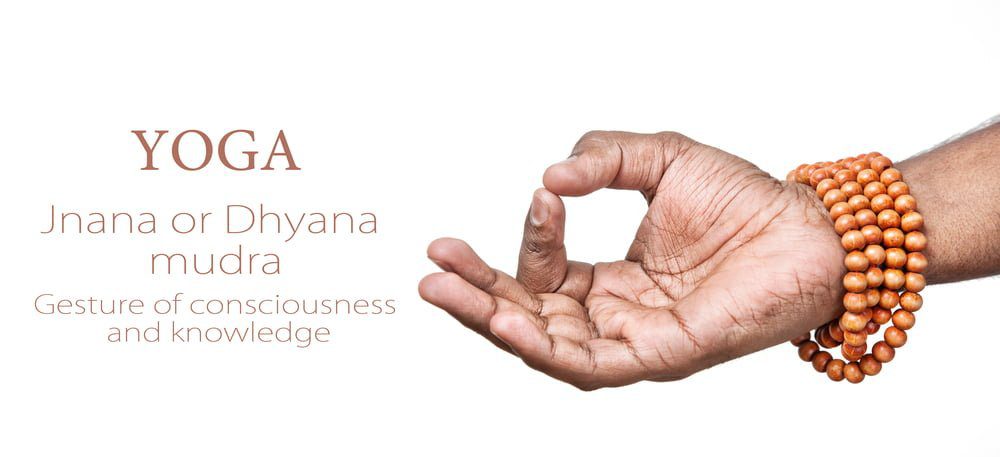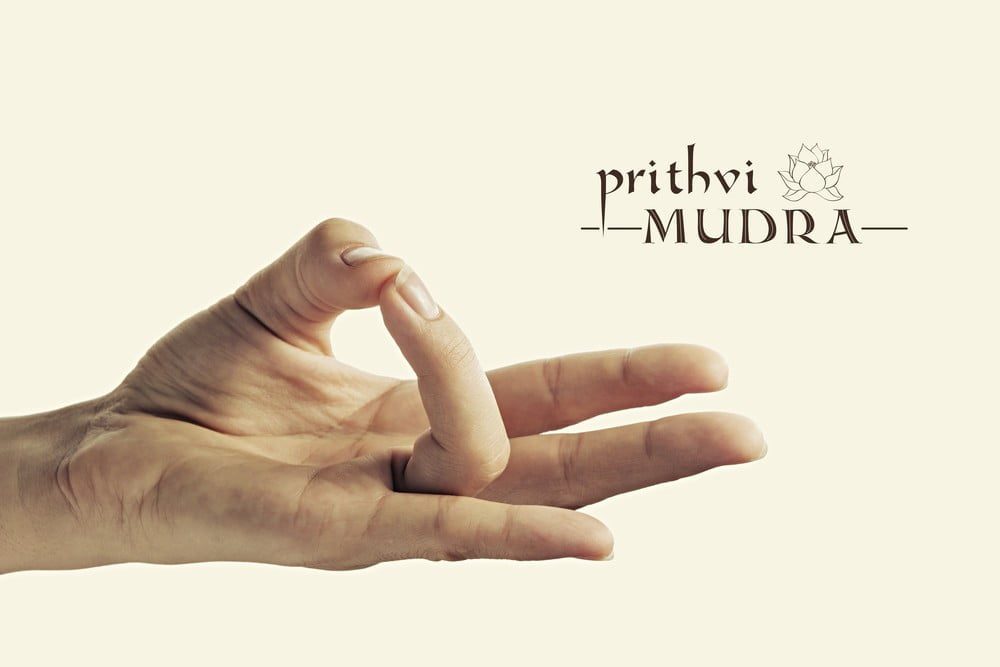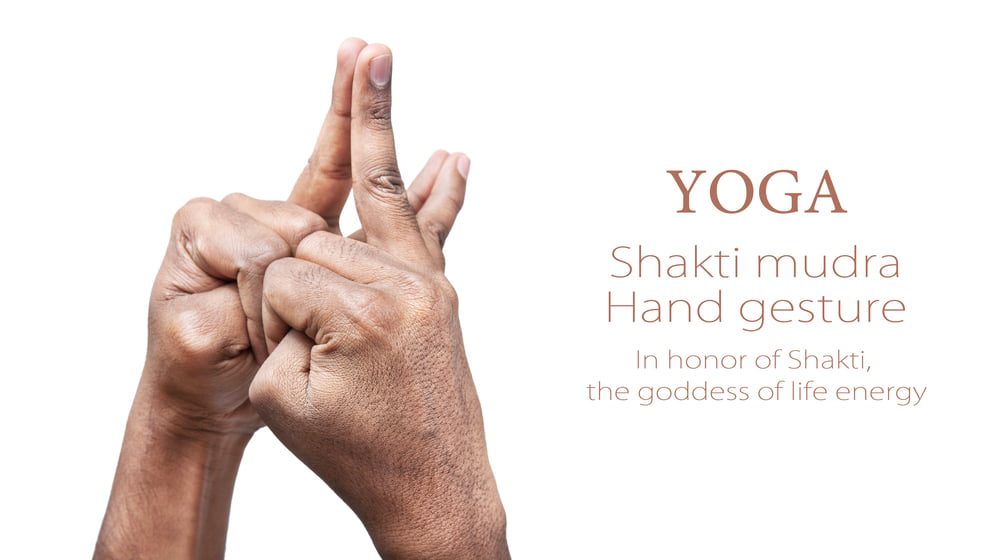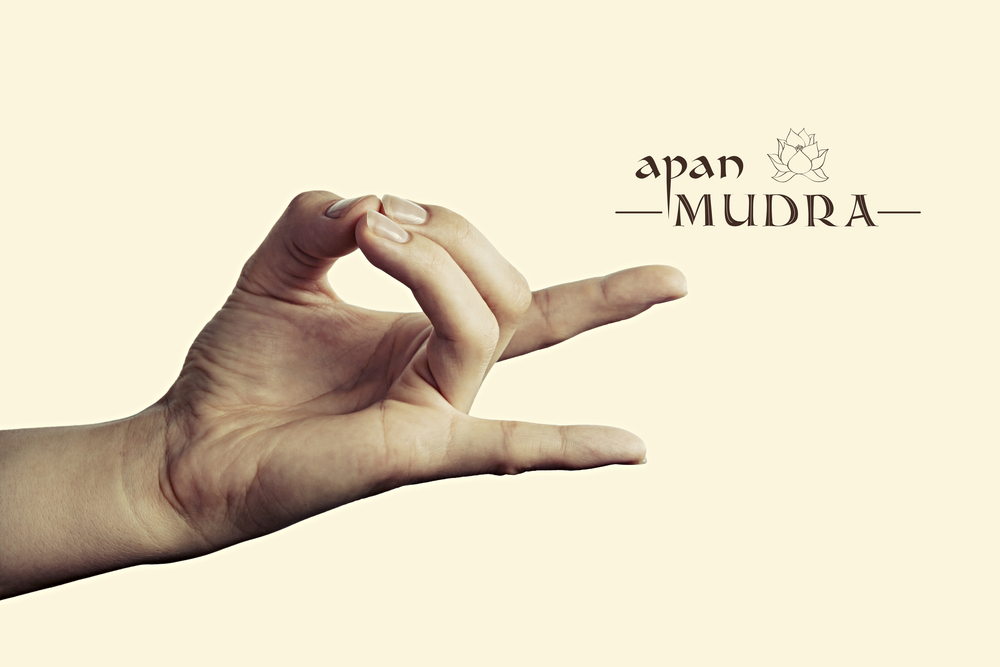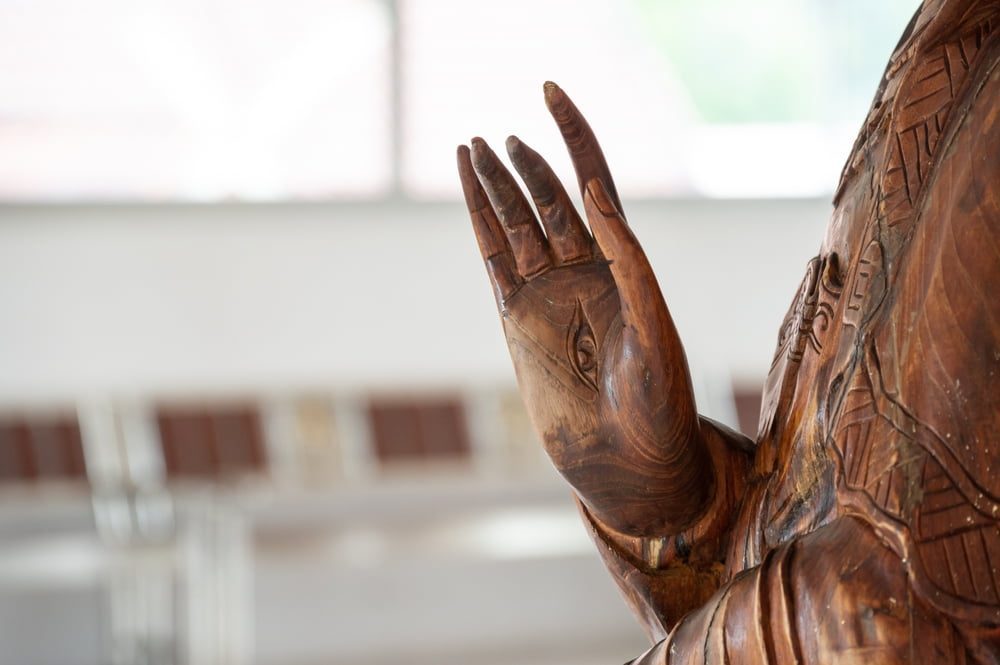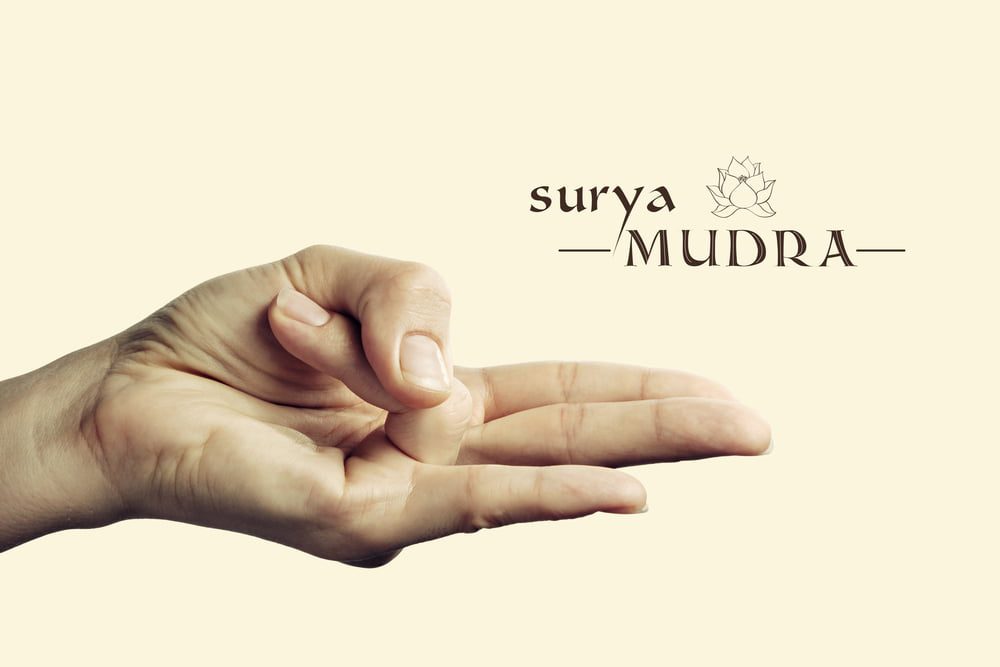Nasagra Mudra is a hand gesture commonly used in yoga & meditation practices. It is believed to have various benefits for both the mind & body. This mudra involves touching the tips of the index fingers & thumbs together while keeping the other fingers extended. By forming this gesture, one can experience a sense of focus & concentration while also stimulating certain energy channels in the body. However, like any other practice, it is important to be aware of potential side effects & take necessary precautions. In this article we will know about the benefits of Nasagra Mudra, potential side effects, how to perform it correctly, and important precautions to keep in mind while practicing it. Whether you are a seasoned yogi or a beginner, understanding Nasagra Mudra can enhance your spiritual journey & overall wellbeing.
Benefits of Nasagra Mudra.
Nasagra Mudra, also known as the Nose Tip Gazing gesture, is a powerful and beneficial hand gesture used in various yoga and meditation practices. This mudra involves lightly touching the tip of the index finger to the tip of the thumb, while keeping the other three fingers extended. While it may appear simple, Nasagra Mudra offers a range of benefits for both the mind and body.
1. Improved Concentration.
One of the key benefits of Nasagra Mudra is its ability to enhance concentration & focus. By directing the gaze towards the tip of the nose, this mudra helps to calm the mind, eliminate distractions & improve mental clarity.
It is particularly useful for those who struggle with scattered thoughts or a wandering mind during meditation or study sessions.
2. Relief Stress.
Nasagra Mudra is also effective in reducing stress & anxiety. By activating certain energy channels in the body, this mudra helps to balance the nervous system & promote a sense of calmness.
It can be practiced during moments of high stress or whenever one needs to find inner peace and tranquility.
3. Enhanced Memory & Brain Function.
Regular practice of Nasagra Mudra is believed to stimulate the brain & improve memory retention. It activates the nerve endings in the fingertips, which are directly connected to the brain.
This stimulation helps to enhance cognitive function, increase mental alertness & improve overall brain health.
4. Boosted Energy Levels.
Nasagra Mudra is known to generate and amplify energy within the body. By joining the thumb (representing fire) with the index finger (representing air), this mudra creates a powerful connection that helps to ignite the internal energy or prana. The result is an increase in vitality, stamina, and overall energy levels.
5. Improved Eye Health.
Since Nasagra Mudra involves focusing the gaze on the tip of the nose, it helps to strengthen & improve the flexibility of the eye muscles.
This can be particularly beneficial for those who spend long hours in front of screens or suffer from eye strain. Regular practice of this mudra can help to relieve eye fatigue, improve vision & promote eye health.
6. Spiritual Connection.
Nasagra Mudra is often used as a tool to deepen one’s spiritual practice. By directing the gaze inward, it assists in turning the attention away from external distractions & towards the inner self.
This mudra is believed to help activate the “third eye” or the Ajna chakra, which is associated with intuition, wisdom & spiritual insight.
| 💡 Tips Verywel Fit.com Nasagra Mudra provides a multitude of benefits for both the mind and body. By incorporating this simple yet powerful hand gesture into a daily routine, individuals can experience improved concentration, reduced stress, enhanced memory, increased energy levels, improved eye health, and a deeper spiritual connection. |
Side Effects of Nasagra Mudra.
While this mudra offers numerous benefits, it is essential to be aware of following potential side effects that may arise from its practice:
1. Eye Strain.
One common side effect of Nasagra Mudra is eye strain or discomfort, especially when practiced for extended periods.
The intense focus on the nose tip can strain the eye muscles & lead to temporary visual disturbances. It is crucial to practice this mudra in moderation and take breaks if any discomfort arises.
2. Dizziness & Disorientation.
Nasagra Mudra involves directing the gaze towards the nose tip, which can cause dizziness or disorientation in some individuals.
This side effect is more likely to occur if one has a history of vertigo or balance issues. Beginners or those with underlying health conditions should be cautious & start with shorter durations of practice.
3. Headache.
Intense concentration on the nose tip can sometimes lead to tension headaches, particularly if the practitioner is not accustomed to prolonged focus.
It is crucial to maintain a relaxed state while practicing Nasagra Mudra & if headaches persist, it is advisable to discontinue the practice and seek guidance from a healthcare professional.
4. Increased Nasal Discharge.
Nasagra Mudra involves directing the gaze towards the nostrils, which may stimulate the nasal passages. As a result, some individuals may experience an increase in nasal discharge or sneezing during or after the practice. This side effect is usually temporary and should subside once the practice is complete.
5. Elevated Energy Levels.
Nasagra Mudra is known for awakening energy & increasing mental alertness. While this can be beneficial, it may lead to difficulty in relaxation or sleep if practiced too close to bedtime.
It is recommended to practice this mudra earlier in the day to allow sufficient time for the heightened energy levels to subside.
6. Emotional Release.
As with any meditation practice, Nasagra Mudra can sometimes trigger emotional release. The focused concentration on the nose tip can bring up suppressed emotions or memories, leading to unexpected emotional reactions.
`It is important to approach these experiences with compassion and seek support from a trained professional if necessary.
| 💡 Tips Verywel Fit.com Nasagra Mudra has numerous benefits for the mind, body and spirit. However, it is crucial to be aware of potential side effects and listen to your body during the practice. By practicing moderation, seeking guidance when needed and paying attention to your body’s signals, you can safely incorporate Nasagra Mudra into your spiritual journey. It is advisable to consult with a qualified yoga instructor or healthcare professional before incorporating Nasagra Mudra into your routine. |
How To Do Nasagra Mudra?
- Sit in a comfortable & relaxed position, with your spine erect.
- Bring your hands in front of your face & touch the tips of your thumbs together.
- Curl the index finger of both hands & touch their tips to the base of the thumbs.
- Extend the other three fingers of both hands straight out.
- Rest your hands on your knees or thighs, palms facing upwards.
- Close your eyes & take slow, deep breaths, focusing on your breath.
- Maintain the mudra for 5 to 15 minutes or as long as you feel comfortable.
- To release the mudra, gently open your eyes & bring your hands back to a relaxed position.
Precautions During Nasagra Mudra.
When practicing the Nasagra Mudra, it is important to take certain precautions to ensure a safe and effective practice. Here are some guidelines to follow:
1. Warm up.
Before starting the Nasagra Mudra, it is advisable to warm up your body by stretching or performing some gentle yoga asanas. This helps to prepare your muscles & joints for the practice.
2. Posture.
Sit in a comfortable & stable posture like Sukhasana (Easy Pose) or Padmasana (Lotus Pose). Ensure that your spine is straight, shoulders relaxed & chin parallel to the floor. Maintaining proper posture is essential to prevent any strain or discomfort during the practice.
3. Breathing.
Take slow, deep breaths throughout the practice. Inhale deeply through your nose, filling your lungs completely & exhale slowly through your nose. This rhythmic breathing promotes relaxation and a calm state of mind.
4. Gentle Pressure.
When performing the Nasagra Mudra, apply a gentle pressure on the space between your eyebrows with your thumb. Avoid pressing too hard as it may cause discomfort or pain. The pressure should be firm enough to stimulate the area but gentle enough to avoid any strain.
5. Duration.
Start with a short duration, around 5 to 10 minutes & gradually increase it over time. It is essential to listen to your body & not exceed your comfort level. Do not force the practice; instead, allow yourself to ease into it gradually.
6. Focus.
During the Nasagra Mudra, maintain a focused & relaxed state of mind. Avoid any distractions or mental chatter. Concentrate on the point between your eyebrows and try to visualize a sense of calmness & clarity.
7. Medical Conditions.
If you have any pre existing medical conditions like high blood pressure, glaucoma or any eye related issues, consult with a healthcare professional before practicing the Nasagra Mudra. They can provide guidance specific to your situation & ensure that the practice is safe for you.
8. Consistency.
Regular practice is key to experiencing the full benefits of the Nasagra Mudra. Aim to incorporate it into your daily routine however if that’s not feasible, try to practice it at least a few times a week. Consistency will help you to deepen your understanding and obtain the desired results.
| 💡 Tips Verywel Fit.com Remember, it is crucial to listen to your body and practice the Nasagra Mudra with awareness & respect for your limitations. By following these precautions, you can maximize the benefits of this mudra while ensuring a safe & enjoyable practice. |
My Personal Experience on Nasagra Mudra.
Nasagra Mudra is a hand gesture that I have personally practiced & found great benefits from. This mudra involves touching the tips of the thumb and index finger together while keeping the other three fingers extended.
When I first started practicing Nasagra Mudra, I noticed an immediate sense of focus & clarity in my mind. It helped me to concentrate better during meditation and also in daily activities.
I found that it enhanced my ability to stay present & grounded, which in turn reduced feelings of stress & anxiety. Additionally, Nasagra Mudra is said to stimulate the brain and improve memory and I have experienced improved cognitive function and mental sharpness since incorporating this mudra into my practice.
Overall, my personal experience with Nasagra Mudra has been incredibly positive and I would highly recommend it to anyone looking to enhance their mental & emotional wellbeing.
Frequently Asked Question.
Yes, Nasagra Mudra can be practiced by anyone, regardless of age or physical ability. It is a simple hand gesture that can be easily incorporated into your meditation practice.
There is no fixed duration for practicing Nasagra Mudra. It can be done for a few minutes or as long as you feel comfortable. You can start with a shorter duration and gradually increase it based on your preference and comfort level.
Yes, Nasagra Mudra can be combined with other mudras or used in conjunction with other meditation techniques. It can be practiced alongside deep breathing exercises, chanting or visualization to enhance the overall meditation experience.
Nasagra Mudra is generally safe to practice however if you have any hand or wrist injuries or conditions, it is advisable to consult with a healthcare professional before attempting this mudra. Additionally, if you experience any discomfort or pain while practicing, it is important to listen to your body and adjust or discontinue the mudra as needed.
Yes, Nasagra Mudra can be practiced at any time of the day. It can be incorporated into your daily meditation routine or used as a tool to calm & center yourself during stressful situations throughout the day.
While practicing Nasagra Mudra, you can follow natural, relaxed breathing. Some may prefer to focus on deep, slow breaths, while others may find it beneficial to synchronize the mudra with specific breathing exercises like alternate nostril breathing or ujjayi breath.
Nasagra Mudra is best practiced in a seated, relaxed position, as it requires focus and stillness. However, you can experiment with adapting the mudra to other activities if you feel comfortable doing so. It is important to maintain awareness & not compromise your safety or attention while multitasking.
Bottom Line.
Nasagra Mudra is a powerful hand gesture that has been used for centuries in yoga & meditation practices. It is a simple yet effective technique that helps to calm the mind, improve concentration and enhance mental clarity. By bringing our focus to the tip of the nose, we can tap into our inner wisdom & connect with our higher self. Nasagra Mudra is a valuable tool for anyone seeking to find balance and peace in their daily lives. With regular practice, this mudra can lead to a greater sense of self awareness & spiritual growth. So, let us embrace the power of Nasagra Mudra and allow it to guide us on our journey towards inner harmony and enlightenment.

 Workout
Workout
 Meditation
Meditation





 Contact Us
Contact Us


